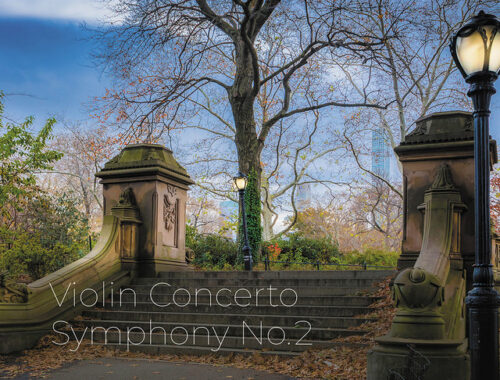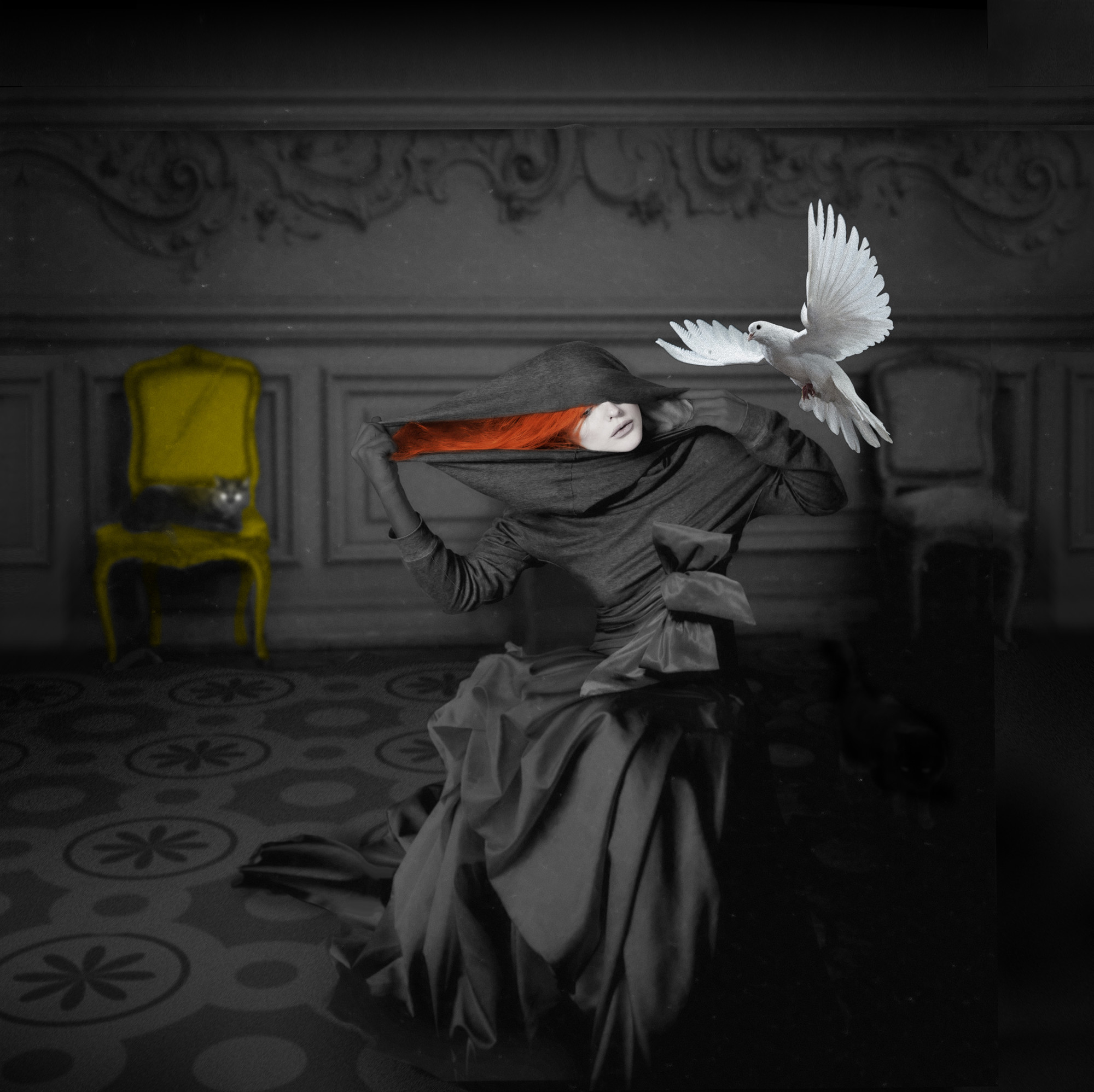GRAMOPHONE Review: Mahler Symphony No. 4 – Julia Kleitner, Royal Concertgebouw Orchestra/Gatti
 After his disappointingly urbane account of the Second Symphony “Resurrection” the twilit, child-like, world of the Fourth would, on paper, seem far better suited to the cultured Royal Concertgebouw sound as favoured and actively encouraged by Daniele Gatti. I say actively encouraged because this is an orchestra for whom the edgy and ugly sonority does not come naturally, whose default sound is rich and homogenous. Mahler needs his caustic colours, his rough and ready reediness, and Gatti seems reluctant to sacrifice the inherent beauty of the orchestra to that end.
After his disappointingly urbane account of the Second Symphony “Resurrection” the twilit, child-like, world of the Fourth would, on paper, seem far better suited to the cultured Royal Concertgebouw sound as favoured and actively encouraged by Daniele Gatti. I say actively encouraged because this is an orchestra for whom the edgy and ugly sonority does not come naturally, whose default sound is rich and homogenous. Mahler needs his caustic colours, his rough and ready reediness, and Gatti seems reluctant to sacrifice the inherent beauty of the orchestra to that end.
It’s interesting that in the booklet interview he is plainly aware of the the symphony’s more ominous side, its darker, starker colours. Indeed in theory he almost certainly asks just that of his orchestra. It’s just that we really don’t hear it in practice. This performance of the Fourth delivers all kinds of gorgeousness. The elegantly turned first movement is warm and rosy, an object lesson in the immaculate use of tempo-rubato. All those excitable quickenings of pulse so beloved of Mahler are effortlessly – perhaps too effortlessly – dispatched. And truth to tell that childish “raucousness”, so essential to the character of the music, doesn’t really register. The “edge” on the sound (particularly in the woodwinds) is pretty much absent, even in extremis. Compare the recent Adam Fischer account with the Dusseldorf Symphony. Chalk and cheese.
And so even the ill-tuned grim reaper of a fiddler in the second movement sounds almost apologetic that he’s a whole tone sharp. The rusticity and coarse inelegance of this, another of Mahler’s dances of death is muted, the sound palette respectfully rounded and “covered” in effect. Especially those fortissimo winds.
Of course, the ravishing trio section is just that, swathed in portamento, and it’s as if that downy comforter is then gently laid down for the very beautiful, very expansive, reading of the slow movement. It is extravagantly slow – again in marked contrast to the revelations thrown up in Adam Fischer’s recent account – but Gatti certainly conveys how acutely the vision becomes distracted at the heart of the movement. He is nothing if not intense. And yet you want the sound to lose something of its bloom in keeping with the increasing anxiety projected in the music. But then comes the “Heaven’s Gate” moment and Mahler’s benediction of a coda where Gatti coaxes a flawless violin glissando into the closing measures that is something else.
And so to “Das himmlische Leben”, the flip-side of life on earth, and Gatti’s “Angel” – Julia Kleiter – is done no favours at all by her somewhat recessed balance in the soundscape. Her singing, her sound, is lovely but the words sound occluded from where we are seated – more consonants are needed. I just wanted to be drawn more into her confidence – literally. I like Gatti’s almost cartoonish sprint through those manic orchestral interjections – it’s a vivid reminder of his conductor’s imagination. But beautiful though much of this is it isn’t the whole picture for Mahler Four. Adam Fischer – in the most interesting account of the piece I’ve heard in years – gets us a whole lot closer to that.
You May Also Like

GRAMOPHONE Review: Richard Rodney Bennett Orchestral Works Vol. 1 – BBC Scottish Symphony Orchestra/Wilson
30/01/2018
GRAMOPHONE Review: Weill Violin Concerto / Symphony No. 2 – Tamás Kocsis, Ulster Orchestra/Van Steen
02/10/2022

